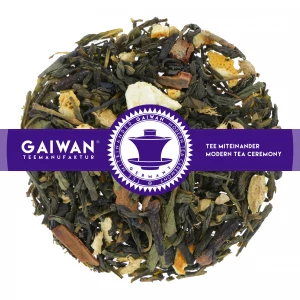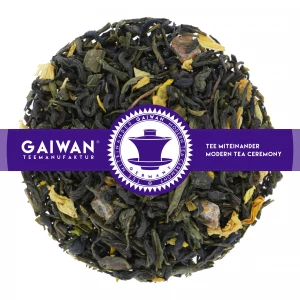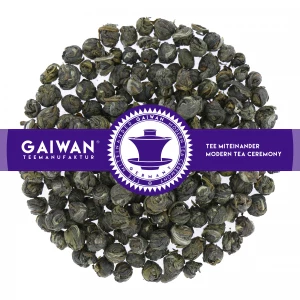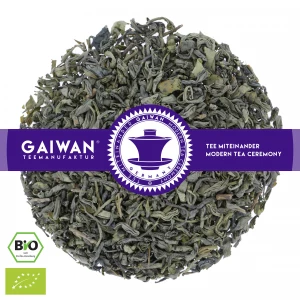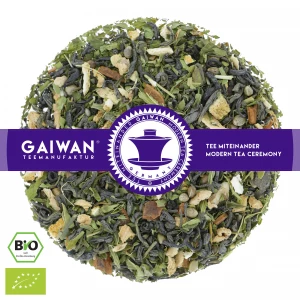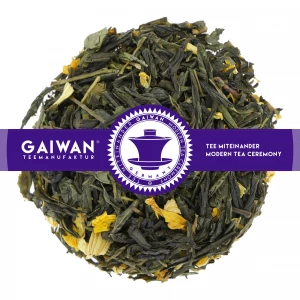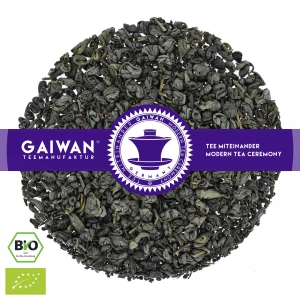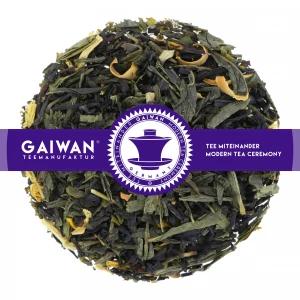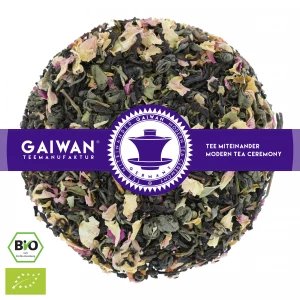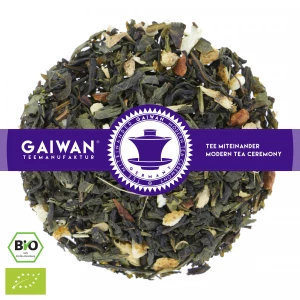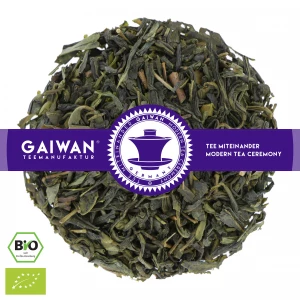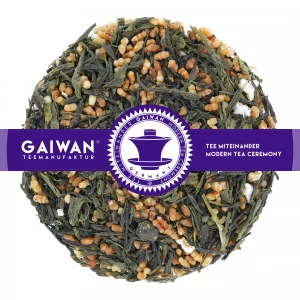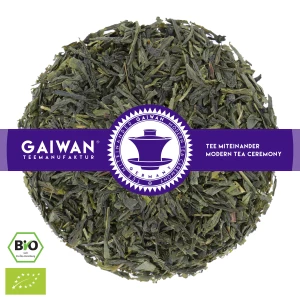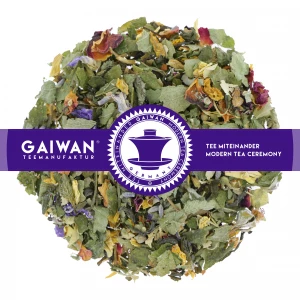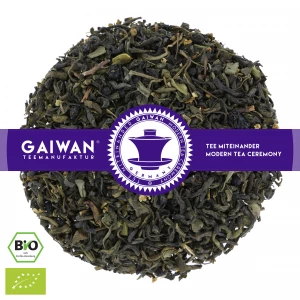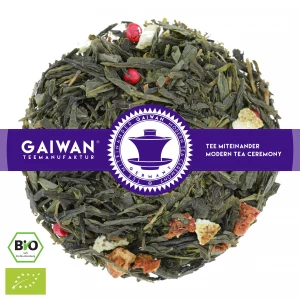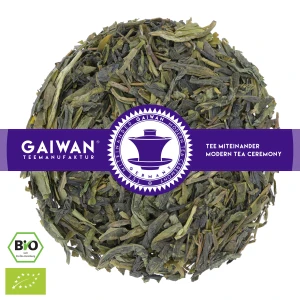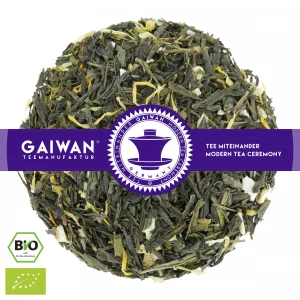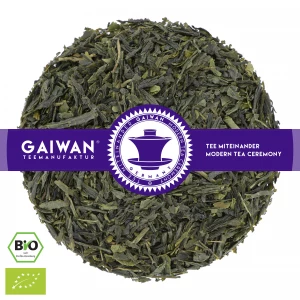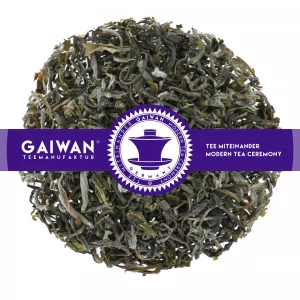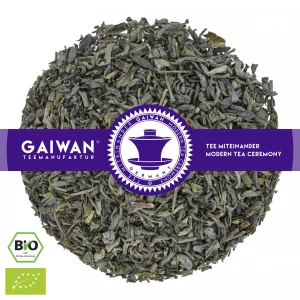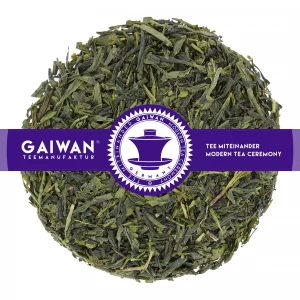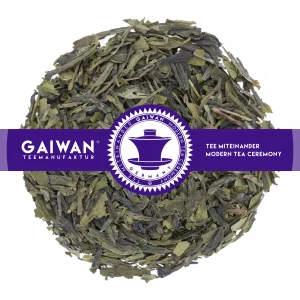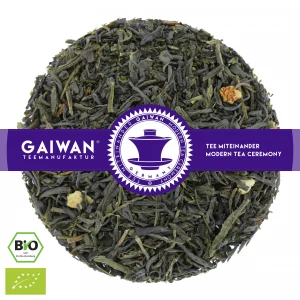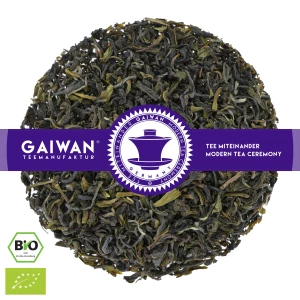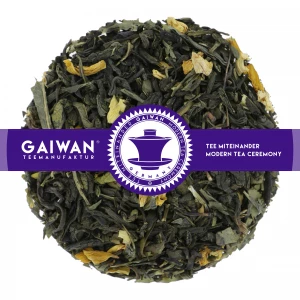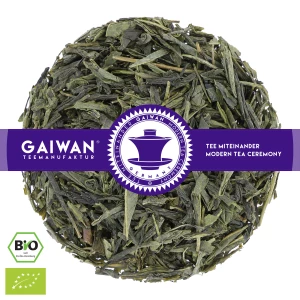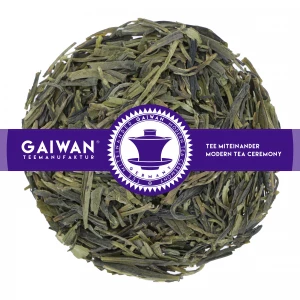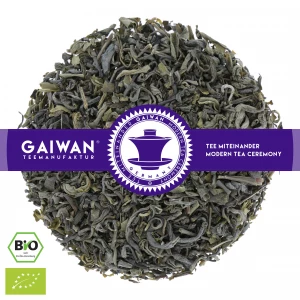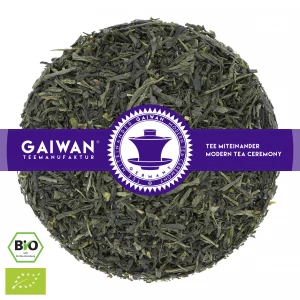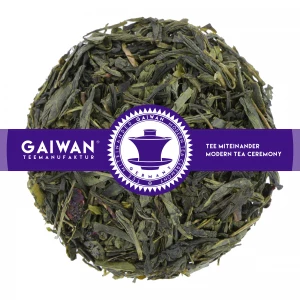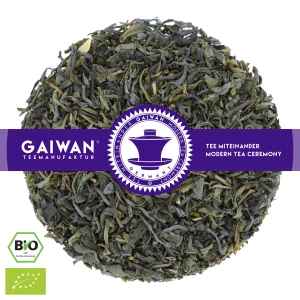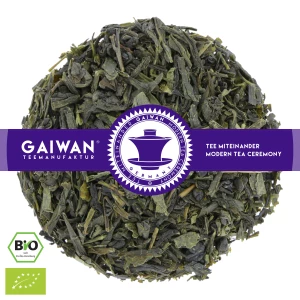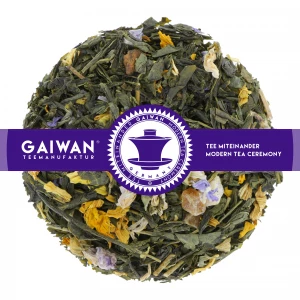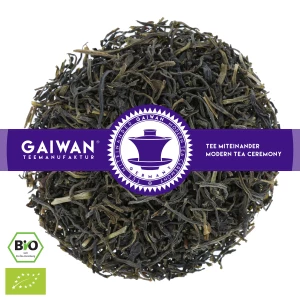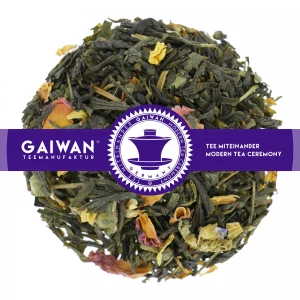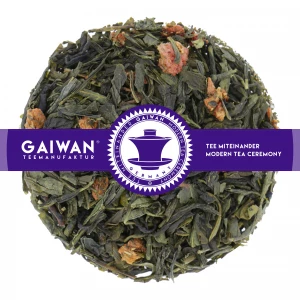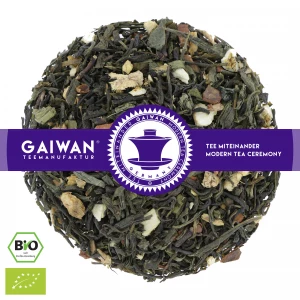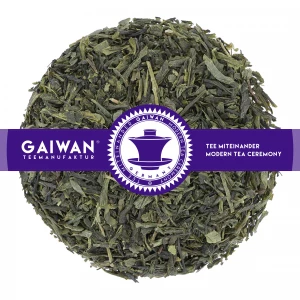What is Green Tea?
Green tea is a special and healthy delicacy. Once you start trying different green teas, you won't stop so quickly. There are many highly diverse varieties - and the supreme discipline, jasmine tea, which also comes with a whole range of its own varieties. We at GAIWAN offer you a wide selection of green tea. In the article under the varieties, we would also like to give you some information on the production, preparation and effect of green tea.
Continue reading:
What is Green Tea?
Unlike other types of tea, green tea is not fermented. Fermentation is the process by which the leaves are broken open shortly after wilting - whether by rolling, shaking or rolling - to allow the substances they contain to react with the oxygen. This is also called oxidation and ensures that the tea turns darker and darker the longer the condition lasts.
This step is avoided as much as possible with green tea. The fresh tea leaves are picked and wilted. They are then briefly heated by roasting or steaming. This is also the final stage of production for fermented teas and prevents further oxidation. In this way, green teas retain the greatest possible amount of active ingredients in their leaves. These are then rolled so that they can unfold during infusion and release their active ingredients.
What does Green Tea taste like?
Green tea is usually characterised by a mild and flowery taste. As it has not been fermented, the aromatic substances contained in it are untouched and thus come out unadulterated and smooth. There are a lot of different varieties that differ, for example, in the way they are dried or the underlying tea plant. Green teas can also be mixed with other plants, herbs or aromatic substances during the withering process, so that they take on their aroma. This is the case with jasmine tea, for example. The fresh jasmine blossoms are mixed with the green tea from the beginning and then rolled in it after drying. In this way, a jasmine tea already exudes a pleasantly fresh aroma when you just open the packaging. By the way, we have a separate article on jasmine tea here with additional information.
Preparing Green Tea
The correct preparation of a tea is an important factor for its taste. Especially green tea, oolong tea and white tea deserve special attention here if you want to achieve the best possible quality.
Green tea should never be brewed with 100°C hot water. Since the leaves have only been dried briefly and are unfermented, they cannot tolerate high heat. Too hot water burns the delicate leaves, causing too many bitter substances to escape. If you have ever found green tea "too bitter", this was probably the reason. Instead, let the bubbling water cool down for a few minutes (or top it up with some cold water). If you have a thermometer, 70-80°C is the right temperature, depending on the variety. Now let the tea steep for a minute or two and then remove it.
A good green tea, just like jasmine tea, white tea or oolong tea, should also be infused several times. Three to four infusions, each with freshly boiled water cooled to the optimal temperature, will produce a more intense and different taste experience each time. For this, we recommend our large tea glass with removable strainer and lid.
Green Tea Health Benefits
In principle, green tea would be very healthy if we could drink enough of it to absorb enough of the catechins, vitamins and trace elements it contains. But even in consumable quantities, these substances are quite beneficial for the human body. Catechins have a vasoprotective, anti-inflammatory and antioxidant effect. If you want to support this effect a little, you can mix some lemon into your green tea or take additional vitamin C. This ensures that the catechins are not damaged. This ensures that the catechins are not broken down immediately, but can work in the body over a longer period of time. In general, there are several studies that deal with the effect of green tea on the body. This article lists some of them.
Green tea mostly has a cooling effect on the body. It contains more tannins, which can calm a nervous stomach and stuff a sluggish bowel. Green tea contains caffeine, the amount depending on the type of tea used. For connoisseurs who can do without the big caffeine kick or simply cannot tolerate so much of it, our Japan Bancha is recommended, for example. It contains relatively little caffeine. If you prefer it strong, a Sencha is a good choice.
However, if you want to drink green tea for health reasons, we always recommend consulting a doctor or alternative practitioner. This article is not intended for self-diagnosis. First and foremost, you should enjoy our tea for its wonderful aroma and excellent quality. Cheers.

